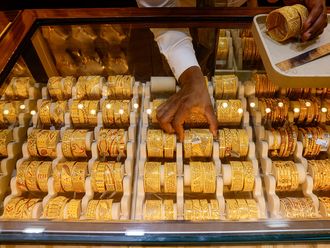
There’s a mystery barista in town. He likes to keep his identity a secret because he prefers the coffee to do the talking rather than him.
Like all fans of Agatha Christie, we love a good food mystery and decided to do some sleuthing of our own. And, yes, we had success.
The young Emirati entrepreneur was tracked down and agreed to a conversation with the Food by Gulf News team but on the condition that we keep his identity a secret, instead referring to him with his social media handle Bespoke Barista. So, we decided to respect his request and go with the flow…
He fell in love with the art and science of coffee making 10 years ago, and intended to start his dream project after his retirement. However, during the pandemic, he was inspired to open his shop in October 2020, as more and more people who were working from home, needed their “go to coffee shop”.
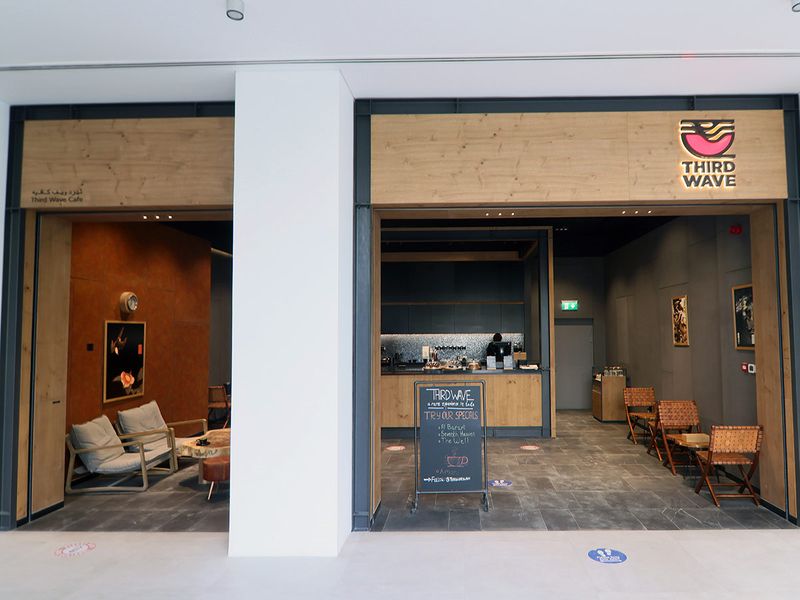
The Bespoke Barista could not wait to demonstrate his special skills that he had learnt from the comprehensive course he completed at the prestigious Specialty Coffee Association from the US. And that’s the story of the start of the Third Wave café set up in Al Barari.
Whether you like your coffee black or blended with milk, if you ever pause to pay attention to the business of coffee making, you will realise that there is an art and science to the making of a perfect cup.
The essence of an aromatic cup of coffee
From the selection of the beans, to the intensity of the roast (light, medium or dark) to the temperature of the final brew, the true art of coffee making is as sacred a ritual as the Japanese tea ceremony. It is a rich journey from the seed to the final cup and involves a passionate narrative.
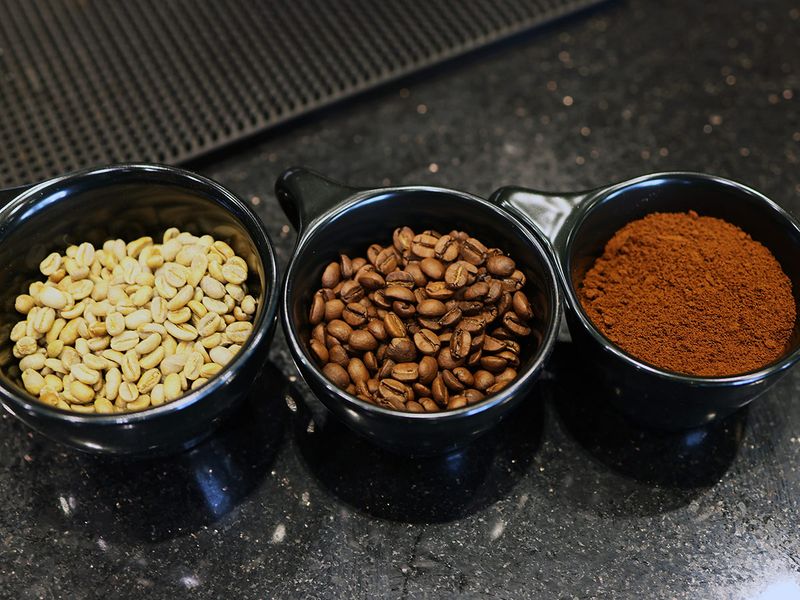
Engineering the tastes of the masses
The brainchild of a 28-year old Emirati mechanical engineer with a double masters in aviation mechanics, the Third Wave café combines the international artistry and sophistication of a modern coffee shop and the traditional ambience of the 20th century Kissaten Japanese tea places. The Kissatens were cafes on the block, where people gathered after a long day to enjoy a cup of Matcha or Oolong teas with some wholesome food, read Manga books and de-stress in the living room like ambience of the cafe.

Bespoke Barista explained that his café is named after the phase of coffee drinking that we are currently in. “This is a technical name as the coffee drinking revolution has come in phases,” he explained. “The first wave was the time when coffee was newly discovered years ago and our grandmothers pounded and roasted the coffee at home. The Second Wave was the period in history when coffee drinking went commercial. Big coffee chains opened up and the process went industrial. The focus was on big roasters, grinders, bulk orders and customer experience. Now we are in the Third Wave as we are looking for a specialty experience at niche coffee shops catering to true coffee connoisseurs,” he explained.
What makes for a good cup of coffee?
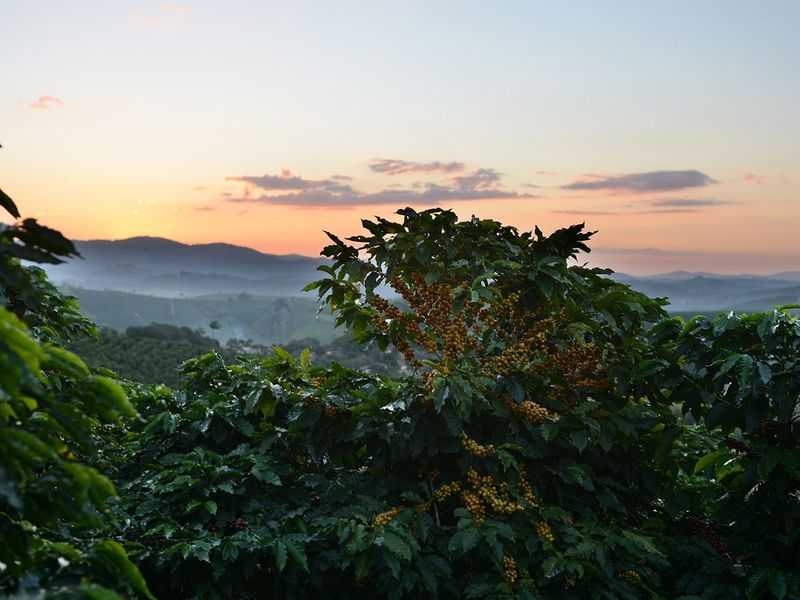
Every aspect from the pedigree, region and method of cultivation and processing go to making a final impact on the flavour of the beans. The finest and most expensive coffee beans come from the Abyssinian plains or what is today knows as Ethiopia. However, the Abyssinian coffee beans have travelled the world and grown in plantations in countries like Colombia and Panama too, but the genealogy of the beans is still credited to Abyssinia.
The Geisha coffee sometimes referred to as Gesha coffee is the most expensive Abyssinian variety. It is a type of coffee that originated in the village of Gesha, Ethiopia, though now the most expensive one comes from the plantations of Panama, informed the Bespoke Barista.
One can trace back the origins of a good coffee to the selection of the beans said the Bespoke Barista. “The altitude of the plantation, the soil, the temperature of the environment the rays of the sun the method of extracting the bean from the cherry, all play a very important role in the final flavour of the coffee,” he explained.
Natural processing
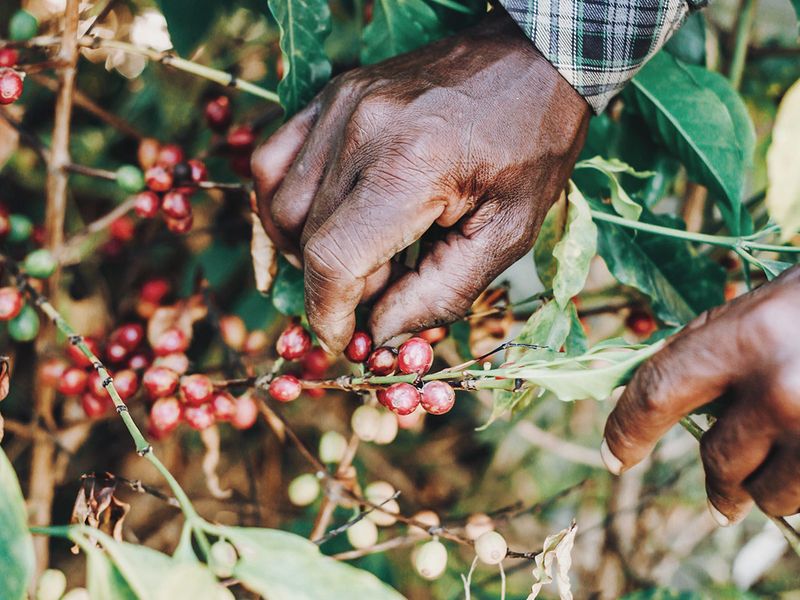
The Bespoke Barista continued, “The coffee bean is within the cherry and the manner in which a coffee bean is picked from the cherry makes a big difference. There are different ways. The first is the natural drying method where the cherries are left in the sun to naturally dry and split to reveal the green bean. This is the old school method and the coffee beans are turned regularly to avoid any fermentation. Later, the remainder of the flesh is removed mechanically and the beans are rested before being exported. This process is long, but it allows for the fruitiness of the cherry to flavour the bean.”
Going anaerobic
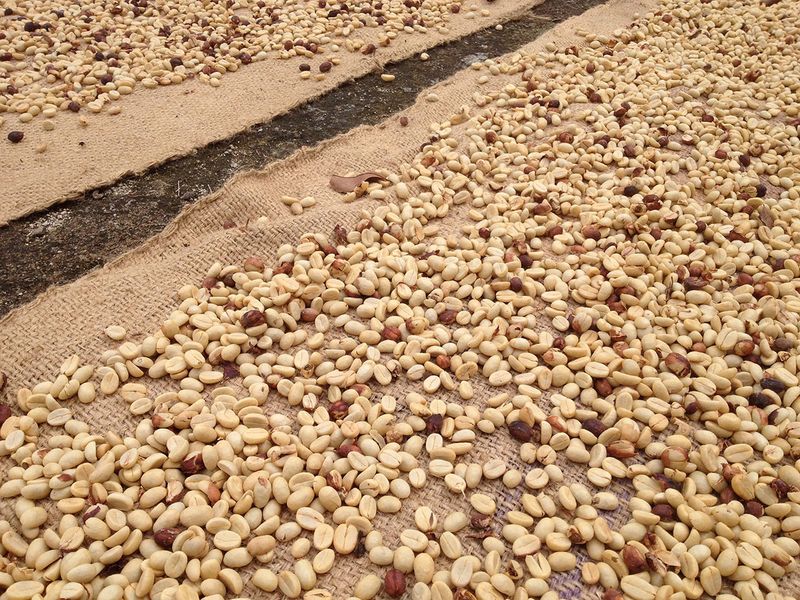
The second most common method of coffee bean processing is the wet method where the cherries are de-pulped and washed in a water tank, then left in an anaerobic place like a sealed clay pot to ferment and the cherry withers to reveal a mature, rich bean that is dried in the sun and exported, he explained. “The amount of time that the fermentation requires depends on the climate and altitude. In hotter regions, the fermentation takes less time. Every phase of processing can have a positive or negative impact on the quality of the beans,” he cautioned. “Usually the fermentation requires 24-72 hours and if the coffee beans are fermented for too long, it will have a negative effect on the flavour of the coffee.”
The honey method
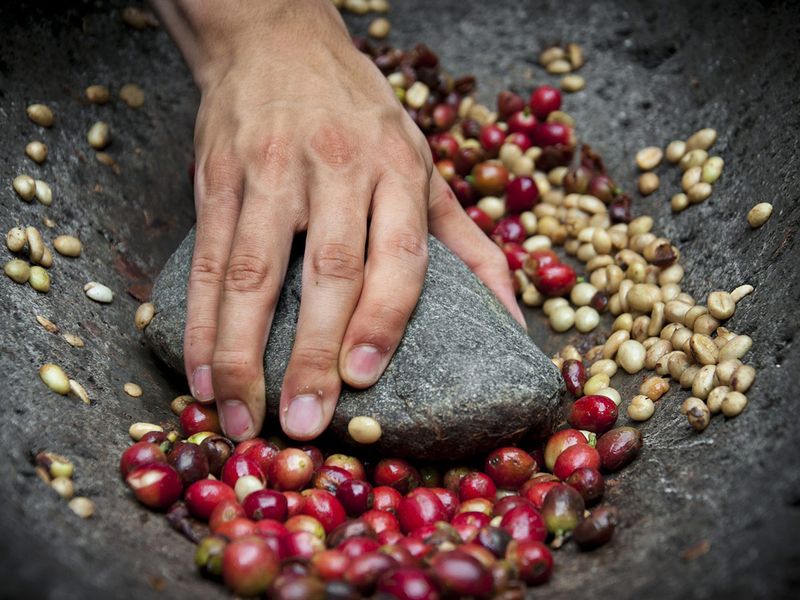
A third process that is used sparingly is called the honey method. Here the beans are de-pulped but to a level, where some of the flesh is left on the beans and it is dried with that part of fruit to lend a fruity flavour to the beans. “The process is called honey because of the sweetness that is left on the bean. So a bitter coffee bean has an additional sweet twist,” explained Bespoke Barista.
Every variable has an impact on the final beans
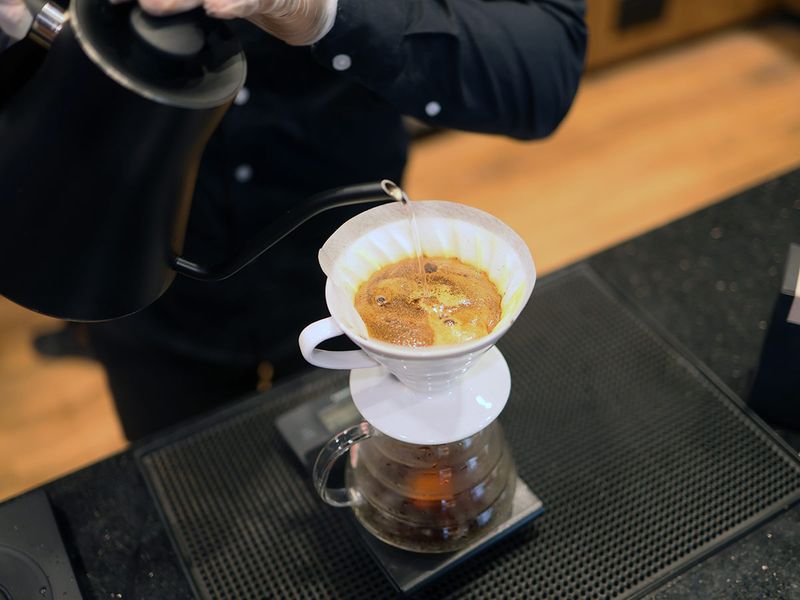
This is just about the process of picking the beans. There is much more to coffee making in terms of the roast (is it light, medium or dark), the pressure at which the roast is brewed, the temperature of the water… every single addition or deletion of process adds its own nuanced flavour to the cup.
Bespoke Barista’s five tips for other start-ups
- Sometimes do what you hate to do, to be able to do the thing that you love to do.
- It makes it easier to get into a business that you are passionate about, but make it a point to be passionate about all aspects of that business.
- Choose partners that complete you and do not duplicate what you do.
- What you prefer can go only as far as what your team can translate.
- Reinvest in business and avoid letting greed deviate from the goal.
The economic lessons learnt from starting a business during the pandemic
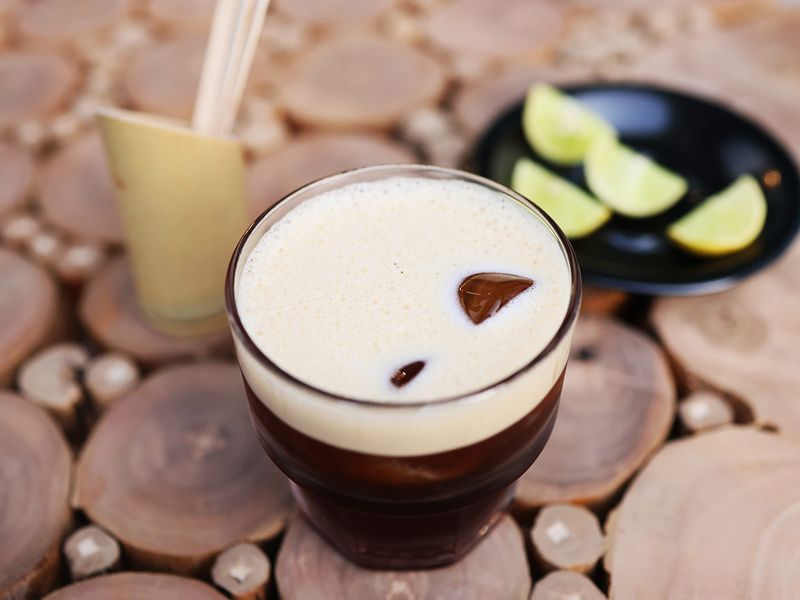
- The devil is in the details, so pay attention to the smallest detail that lends your signature to the business.
- Plough back most of your profits into the business to help it grow, as that helps create a safety net for tough times to cover operational costs.
- Invest in the technique and methodology and do not be afraid to innovate. Intellectual property in a retail business can have a good margin.
- Set aside a steady basic salary for your employees and always incentivise them with a little extra, based on their achievements. That helps them remain motivated and committed to their work.
- The coffee industry is now evolving to a fragmentation in the specialty coffee business.
- Two things matter – quality and niche
- As coffee shops spring up at every corner, everyone will make profit for some time. People need their daily brew even when working from home. But what will last finally and stay for long is quality.
Tell us about your favourite recipes at food@gulfnews.com













